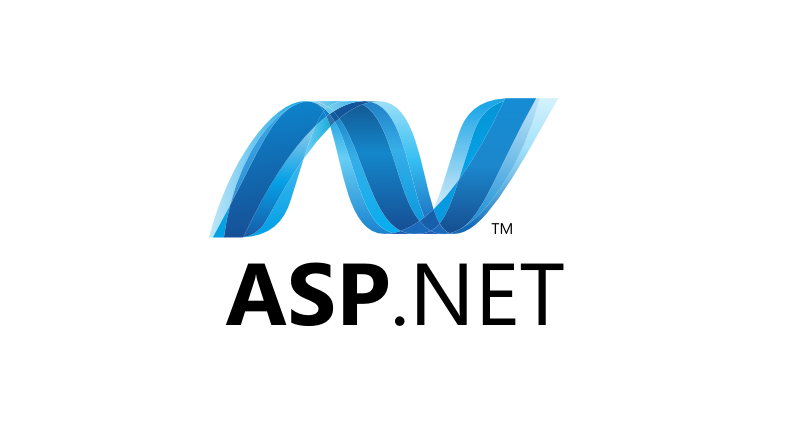What is ASP.NET console application?
One mystery in ASP.NET 5 that people are asking me about are ASP.NET 5 console applications. We have web applications running on some web server – what is the point of new type of command-line applications that refer by name to web framework? Here’s my explanation.
What we have with ASP.NET 5?
- CoreCLR – minimal subset of .NET Framework that is ~11MB in size and that supports true side-by-side execution. Yes, your application can specify exact version of CLR it needs to run and it doesn’t conflict with another versions of CLR on same box.
- DNX runtime – formerly named as K runtime, console based runtime to manage CLR versions, restore packages and run commands that our application defines.
- Framework level dependency injection – this is something we don’t have with classic console applications that have static entry point but we have it with ASP.NET console applications (they have also method Main but it’s not static).
- More independence from Visual Studio – it’s easier to build and run applications in build and continuous integration servers as there’s no need (or less need) for Visual Studio and its components. Applications can define their commands for different things like generating EF migrations and running unit tests.
Also ASP.NET 5 is more independent from IIS and can be hosted by way smaller servers. Microsoft provides with ASP.NET 5 simple web listener server and new server called Kestrel that is based on libuv and can be used also on Unix-based environments.
Application commands
Your application can define commands that DNX runtime is able to read from your application configuration file. All these commands are actually ASP.NET console applications that run on command-line with no need for Visual Studio intsalled on your box. When you run command using DNX then DNX is creating instance of class and it looks for method Main(). I come back to those commands in future posts.
Framework level dependency injection
What we don’t have with classic console applications is framework-level dependency injection. I thinks it’s not easy to implement it when application is actually a class with one static entry point. ASP.NET console applications can be more aware of technical environment around them by supporting dependency injection. Alse we can take our console program to all environments where CoreCLR is running and we don’t have to worry about platform.
New environments
Speculation alert! All ideas in this little chapter are pure speculation and I have no public or secret sources to refer. This is just what I see that possibly comes in near future. But I’’m not a successful sidekick.
CoreCLR can take our ASP.NET applications to different new environments. On Azure cloud we will possibly see that Webjobs can be built as ASP.NET console applications and we can host them with web applications built for CoreCLR.
As CoreCLR is very small – remember, just 11MB – I’m almost sure that ASP.NET 5 and console applications will find their way to small devices like RaspberryPi, routers, wearables and so on. It’s possible we don’t need web server support in those environments but we still want use CoreCLR from console. Maybe this market is not big today but it will be huge tomorrow.
Wrapping up
Although the name “ASP.NET console application” is little confusing we can think of those applications as console applications for DNX. Currently the main usage for those applications are ASP.NET 5 commands but by my speculations we will see much more scenarios for those applications in near future.



